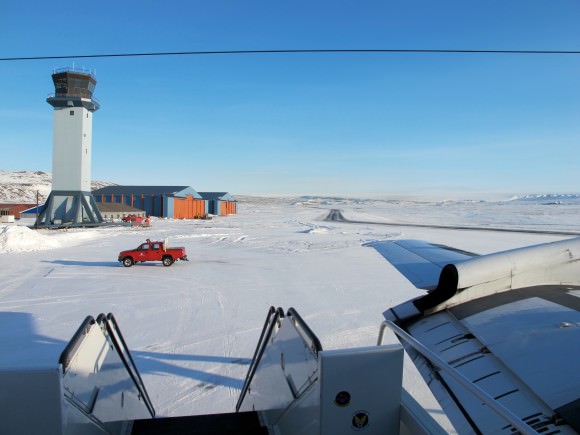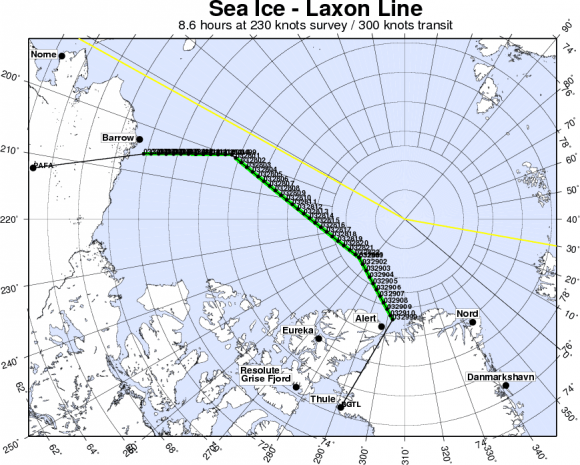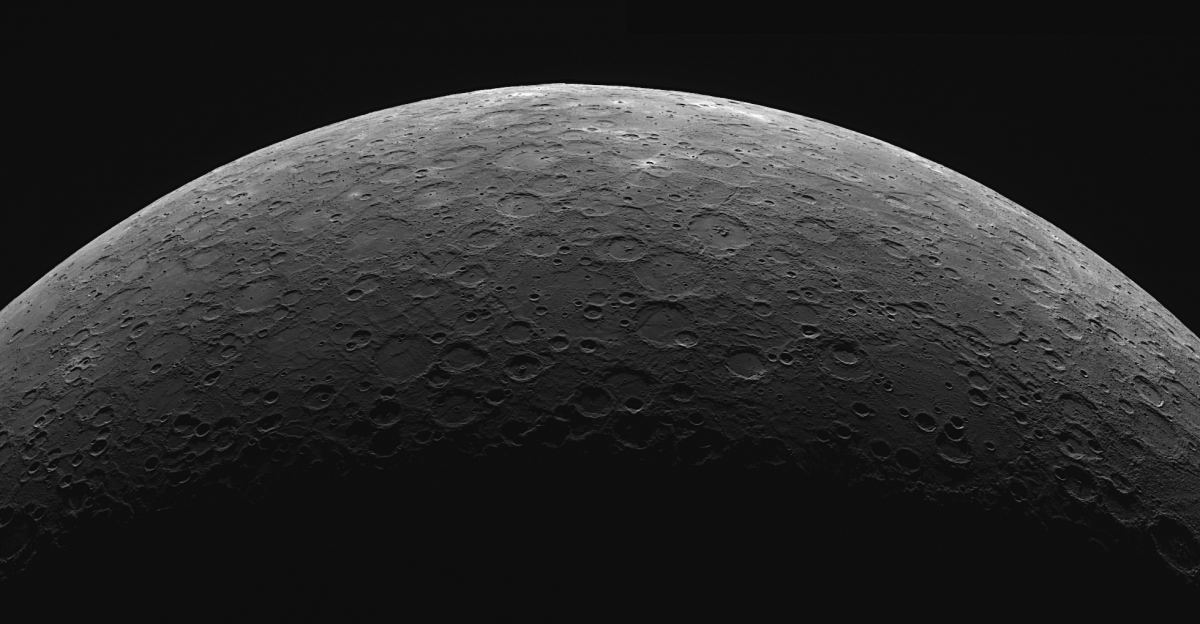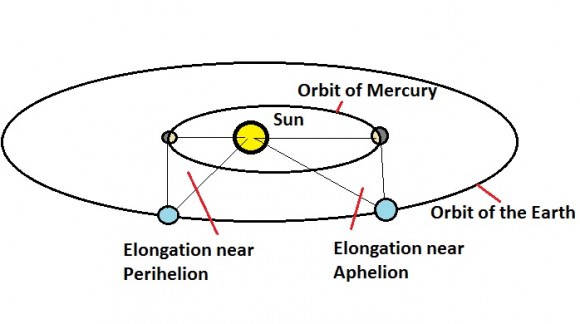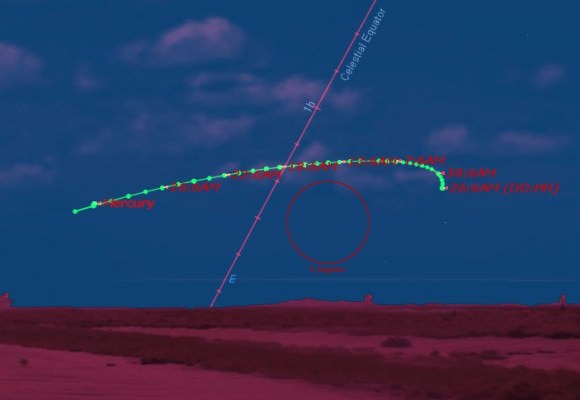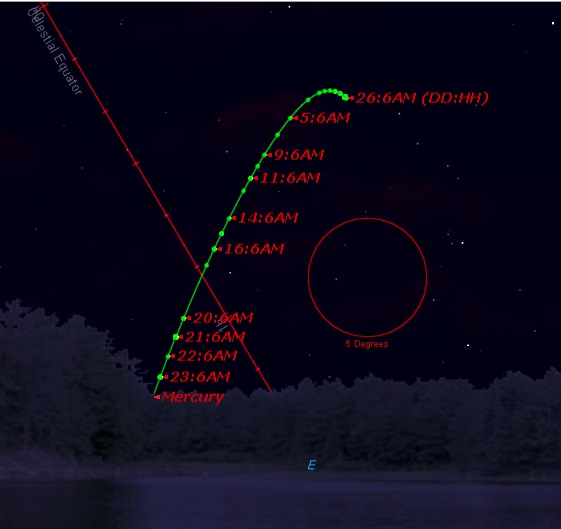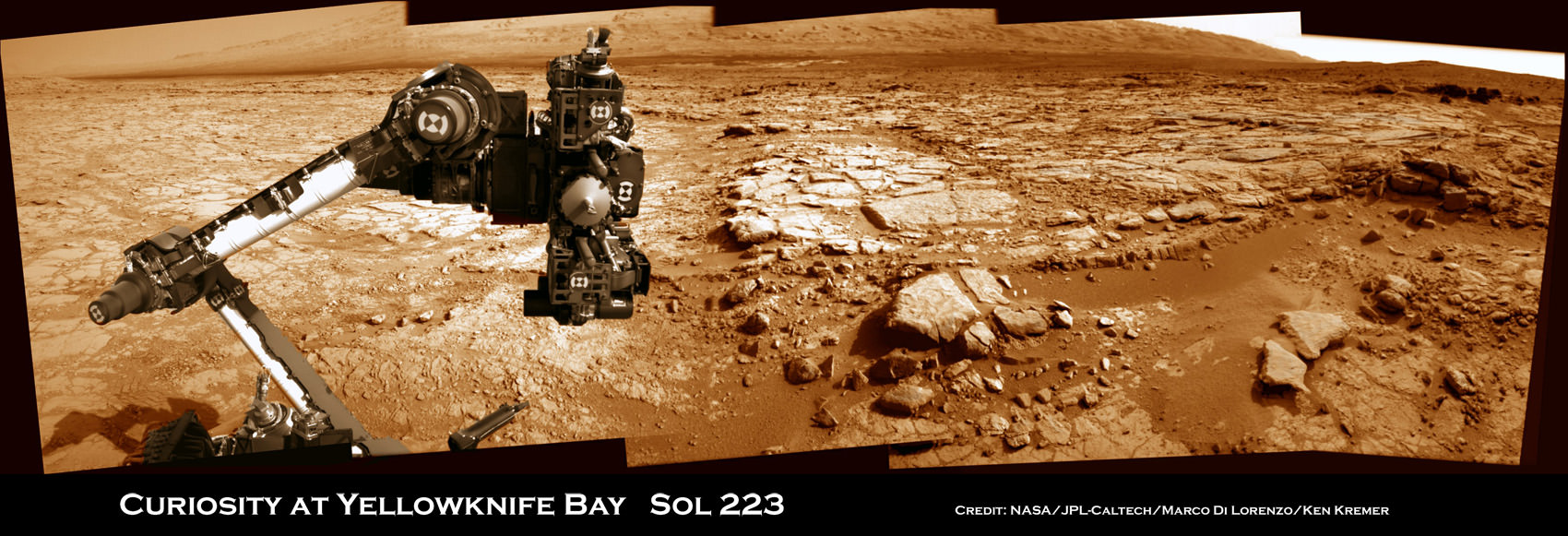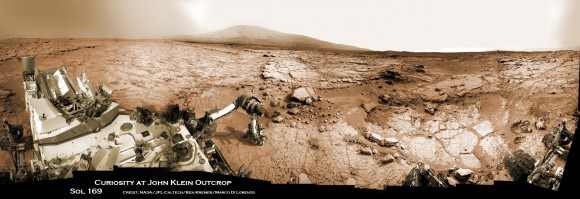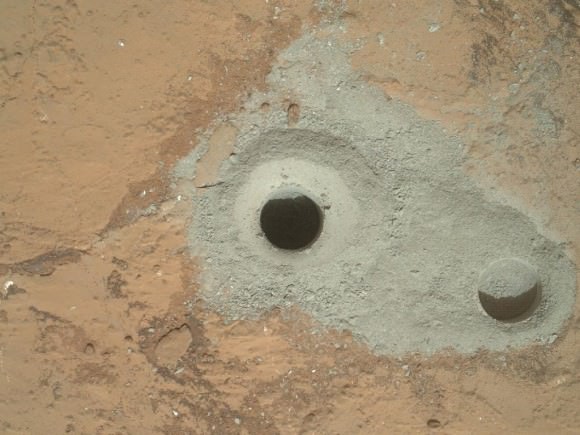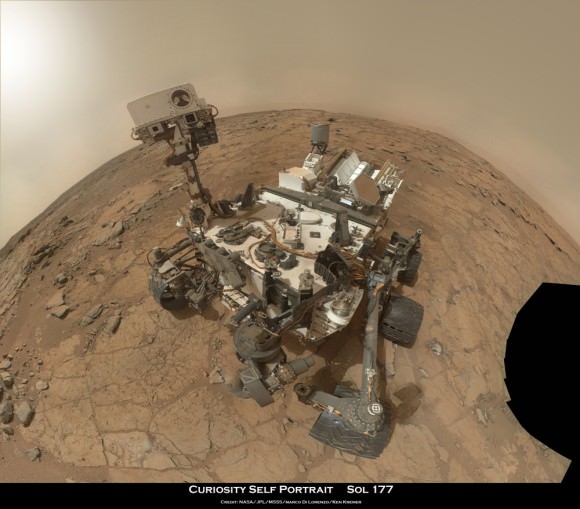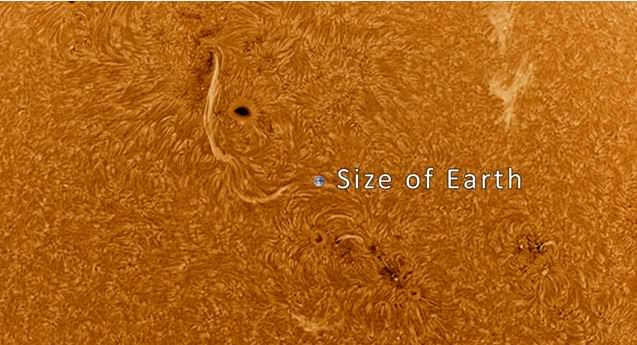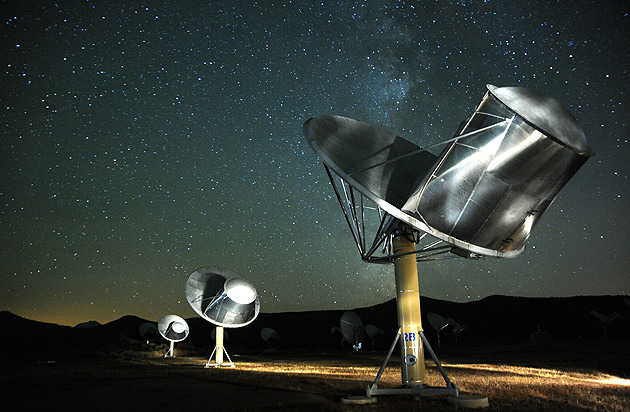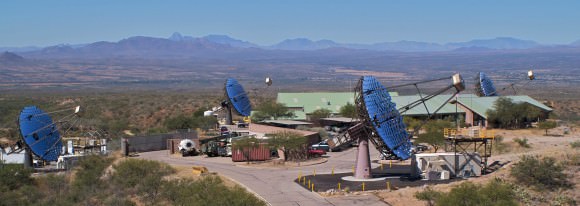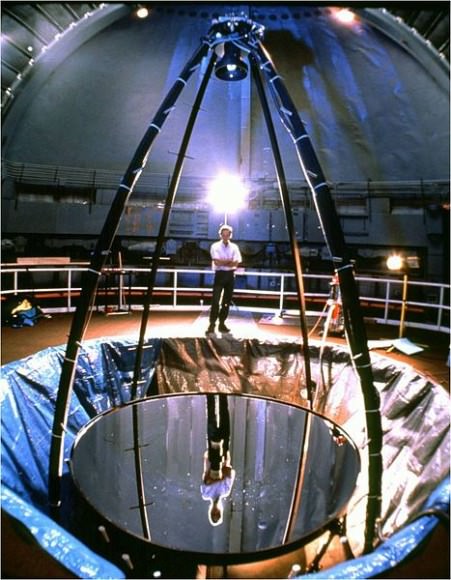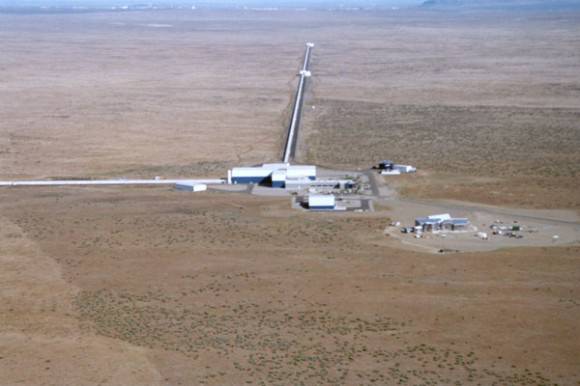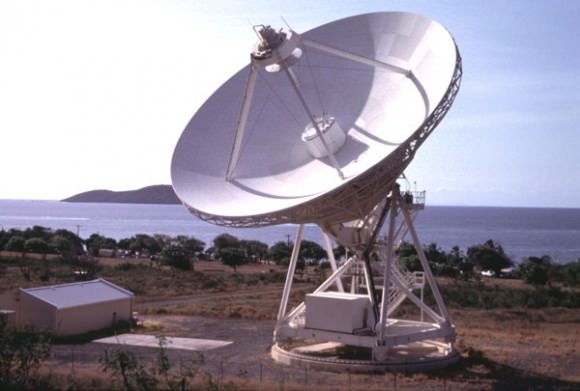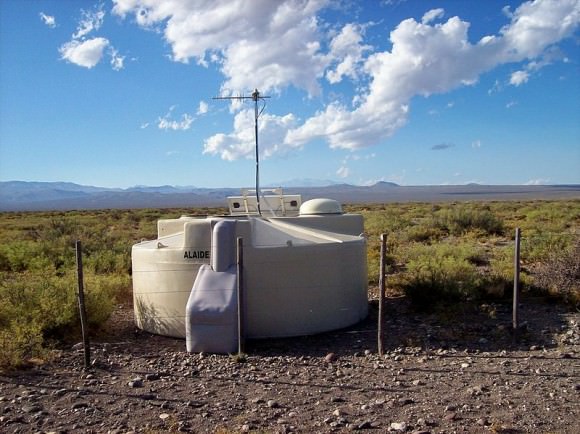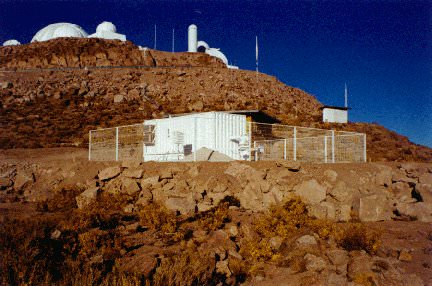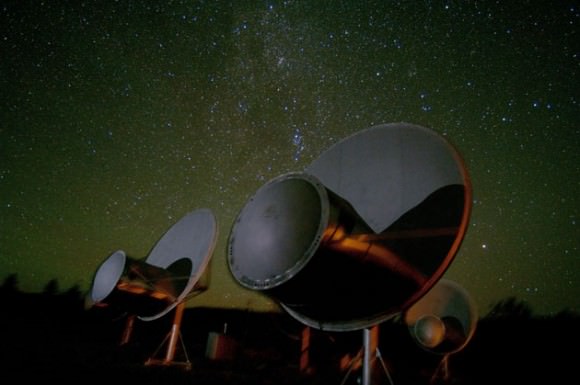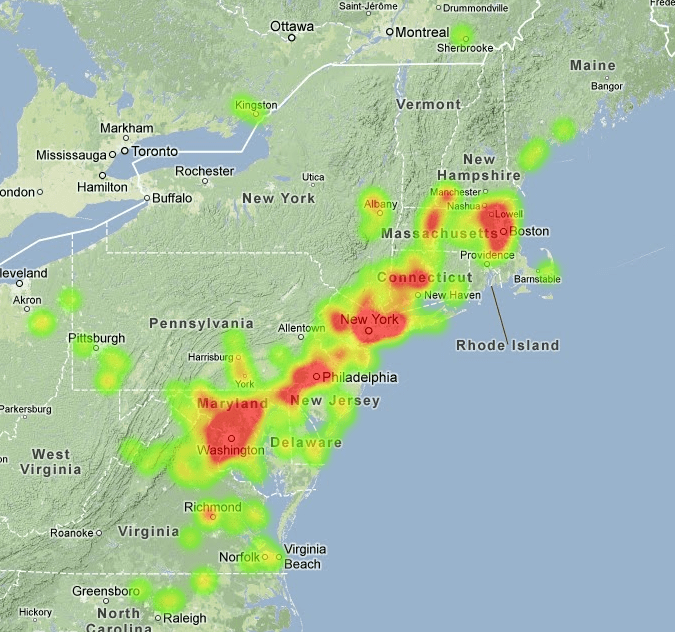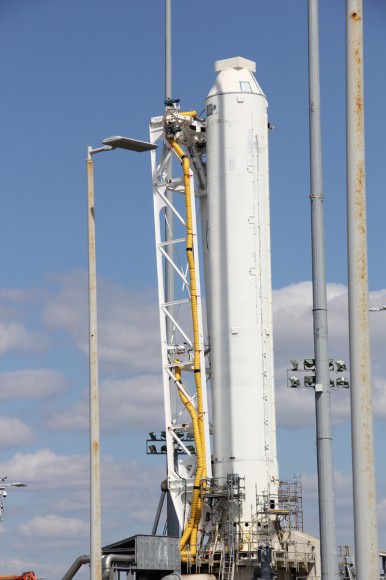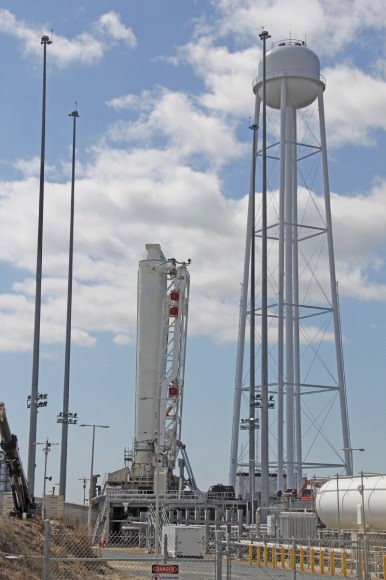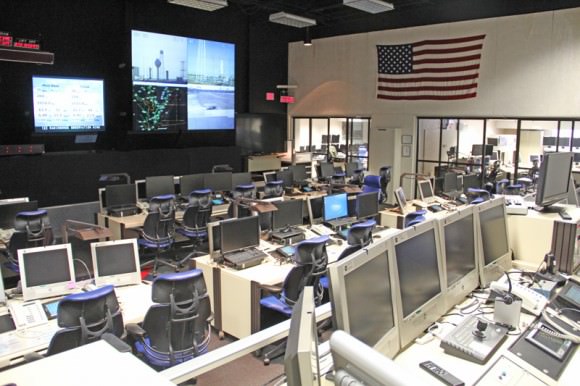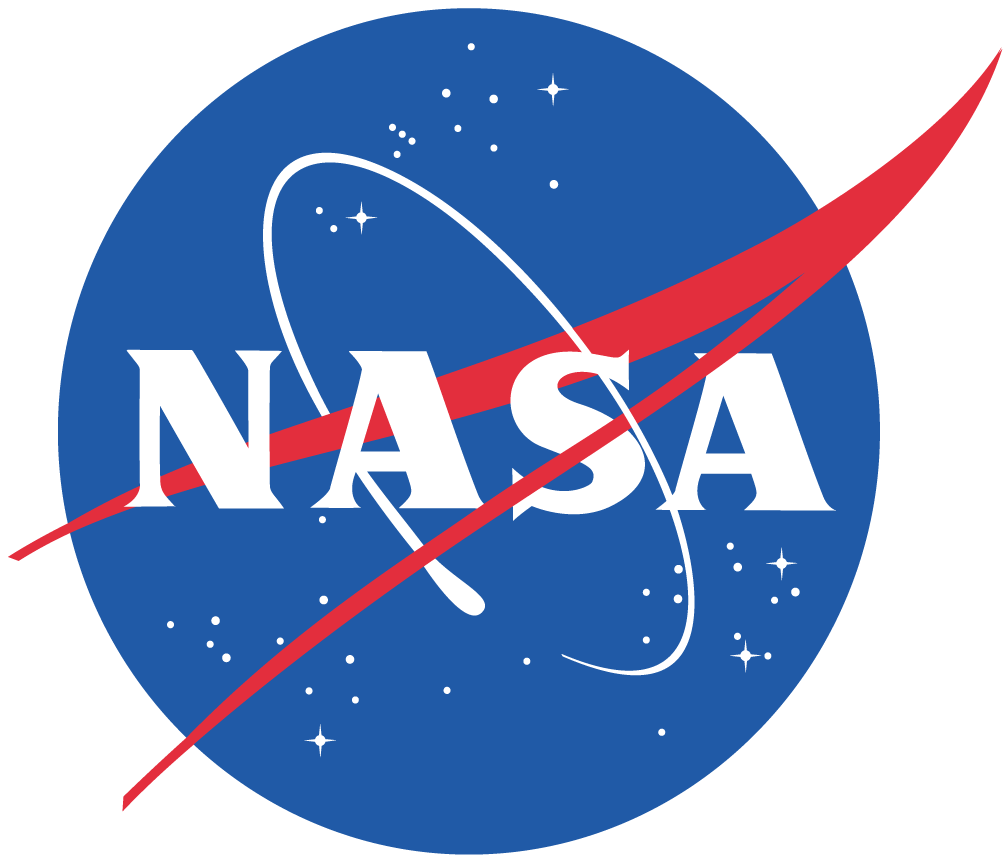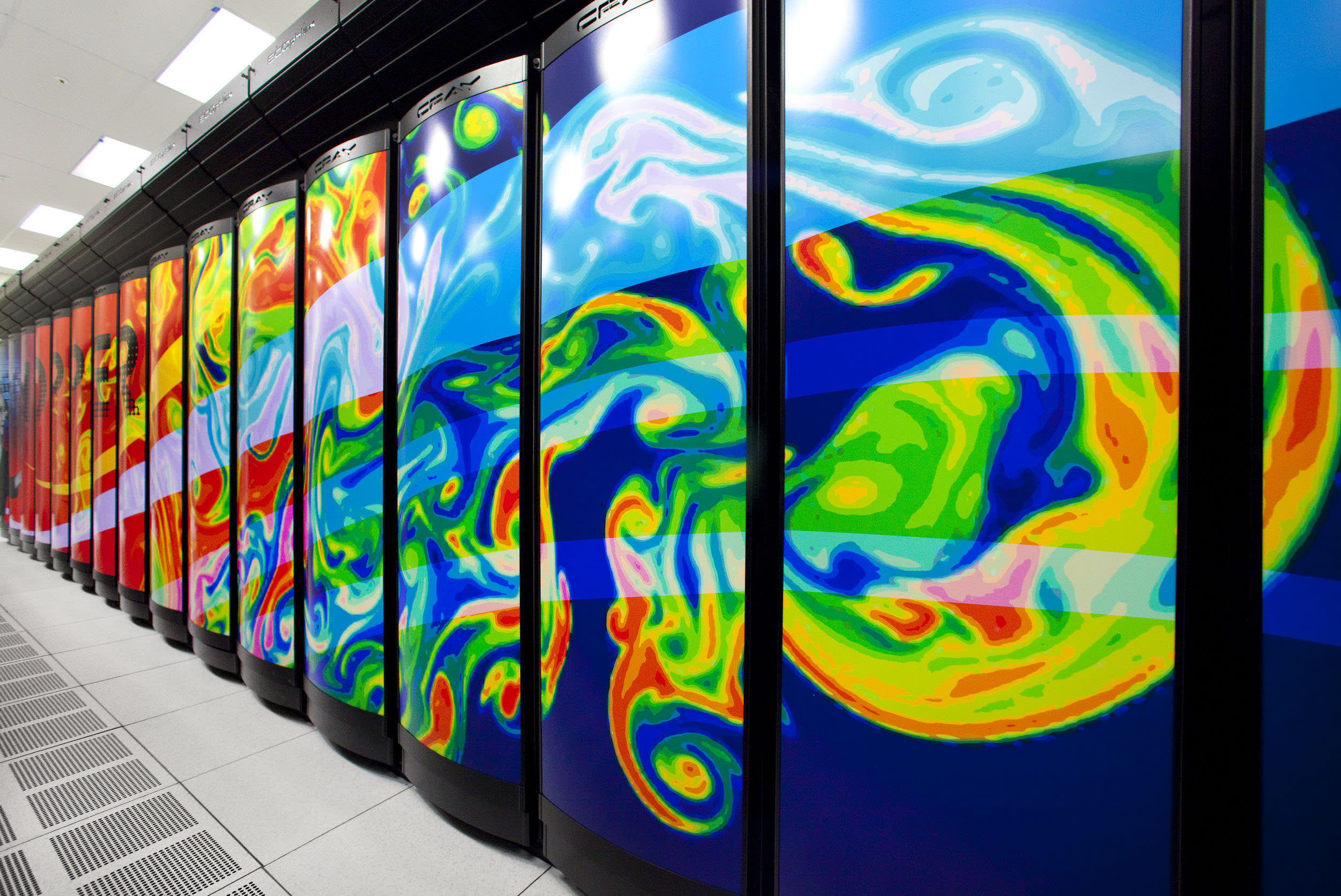Well, it looks like it’s finally happened: the U.S. sequester — a “series of across-the-board cuts to government agencies totaling $1.2 trillion over 10 years” (CNN) — has finally hit NASA… right where it hurts, too: in public outreach and STEM programs. (UPDATE: some clarifications as to what this means — namely, that nothing’s actually been “canceled” but rather subject to review and possibly suspension — can be found at the end of this article. –JM)
In an internal memo issued on the evening of Friday, March 22, the Administration notes that “effective immediately, all education and public outreach activities should be suspended, pending further review. In terms of scope, this includes all public engagement and outreach events, programs, activities, and products developed and implemented by Headquarters, Mission Directorates, and Centers across the Agency, including all education and public outreach efforts conducted by programs and projects.”
Bummer.
Read the full memo from NASA Public Affairs below:
Subject: Guidance for Education and Public Outreach Activities Under Sequestration
As you know, we have taken the first steps in addressing the mandatory spending cuts called for in the Budget Control Act of 2011. The law mandates a series of indiscriminate and significant across-the-board spending reductions totaling $1.2 trillion over 10 years.
As a result, we are forced to implement a number of new cost-saving measures, policies, and reviews in order to minimize impacts to the mission-critical activities of the Agency. We have already provided new guidance regarding conferences, travel, and training that reflect the new fiscal reality in which we find ourselves. Some have asked for more specific guidance at it relates to public outreach and engagement activities. That guidance is provided below.
Effective immediately, all education and public outreach activities should be suspended, pending further review. In terms of scope, this includes all public engagement and outreach events, programs, activities, and products developed and implemented by Headquarters, Mission Directorates, and Centers across the Agency, including all education and public outreach efforts conducted by programs and projects.
The scope comprises activities intended to communicate, connect with, and engage a wide and diverse set of audiences to raise awareness and involvement in NASA, its goals, missions and programs, and to develop an appreciation for, exposure to, and involvement in STEM. Audiences include employees, partners, educators, students, and members of the general public. The scope encompasses, but is not limited to:
– Programs, events, and workshops.
– Permanent and traveling exhibits, signage, and other materials.
– Speeches, presentations, and appearances, with the exception of technical presentations by researchers at scientific and technical symposia.
– Video and multimedia products in development (and renewal of existing products).
– Web and social media sites in development (excludes operational sites).
– External and internal publications, with the exception of Scientific and Technical Information as defined by NPD 2200.1B.
– Any other activity whose goal is to reach out to external and internal stakeholders and the public concerning NASA, its programs, and activities.
Additional information regarding the waiver and review process will be issued by the Associate Administrators for Communications and Education. The Agency has already made tough choices about conferences and travel. For those activities planned to be held between the date of this memorandum through April 30, 2013, that your organization deems to be Agency mission-critical, the Headquarters Offices of Communications and Education will conduct a waiver process to promptly evaluate those specific efforts.
For future activities, the Offices of Communications and Education have established a process to assess and determine, in light of the current budget situation, what education and public outreach activities should be determined Agency mission critical and thereby be continued or implemented. We are requesting Mission Directorates and Headquarters organizations submit a summary of activities, including those planned by their respective programs and projects. We are also requesting that Centers submit a summary of Center-sponsored or supported activities. For public outreach activities, these should be submitted to David Weaver, Associate Administrator for Communications, no later than April 15, 2013. For education activities, these should be submitted to Leland Melvin, Associate Administrator for Education, also no later than April 15, 2013. Required summary and waiver documentation is being provided for distribution to Mission Directorates, Centers, programs, and projects through the Communications and Education Coordinating Councils. The Headquarters Office of Communications, working in conjunction with the Office of Education, will review the requested data and will make a timely and appropriate determination regarding what activities will go forward as planned.
This guidance is to be applied to all NASA employees, civil servants, and contractors (working through their contract officers). Leadership in our Centers, Mission Directorates, as well as individual program and project managers are responsible for ensuring that all public engagement activities, including the education and public outreach efforts conducted by programs and projects, are suspended and submitted to the review process. This guidance applies to existing and future efforts at least through the end of FY2013.
As our budgetary situation evolves over the coming months, NASA senior managers will continue to review this guidance and adjust, as appropriate. We appreciate your cooperation during this challenging fiscal period. Any questions on this guidance should be directed to David Weaver, Associate Administrator for Communications, Leland Melvin, Associate Administrator for Education. Dr. Elizabeth Robinson, Chief Financial Officer, or David Radzanowski, Chief of Staff.
Source: SpaceRef.com and NASA Watch
Note: hopefully this is more a sign of the formation of an internal review process than an all-out moratorium on programs… stay tuned for more news regarding this. Updates to be posted below.
Update: SpaceRef has posted an additional memo regarding exemptions from immediate suspension, notably “mission announcement media events and products, breaking news activities, and responses to media inquiries.” See the full memo here.
Update #2: According to an article on AmericaSpace, the Administration’s popular NASA Socials will still be held — events where select social media followers of various NASA accounts are invited to participate in public events and behind-the-scenes VIP tours — plus other social activities will still be taking place. (Although neither the article above nor the original one on SpaceRef specifically mentioned cancellation of the Socials, the memo’s bullet list does seem to imply as much.) This according to Deputy Associate Administrator for Communications Bob Jacobs. Read the full article here.
Also, Scott Lewis has an article up regarding this and the importance of NASA’s outreach programs to the public… check it out on his site KnowTheCosmos.com.
Update #3 3/23: After discussing this online today with Bob Jacobs, Deputy Associate Administrator for Communications, I learned that while most expenditures will now be critically reviewed first, it’s not like NASA is simply canceling all their programs wholesale.
“There’s a waiver process in place and there will be exemptions for mission activities…most activities will continue, I am confident of that,” Bob said. “But there are always things you can do better or more efficient, and these cuts are going to force the entire government to reduce services.”
“The more money saved the more likely you can avoid furloughs and maintain safe mission operations, which is the agency’s priority,” Bob added.


